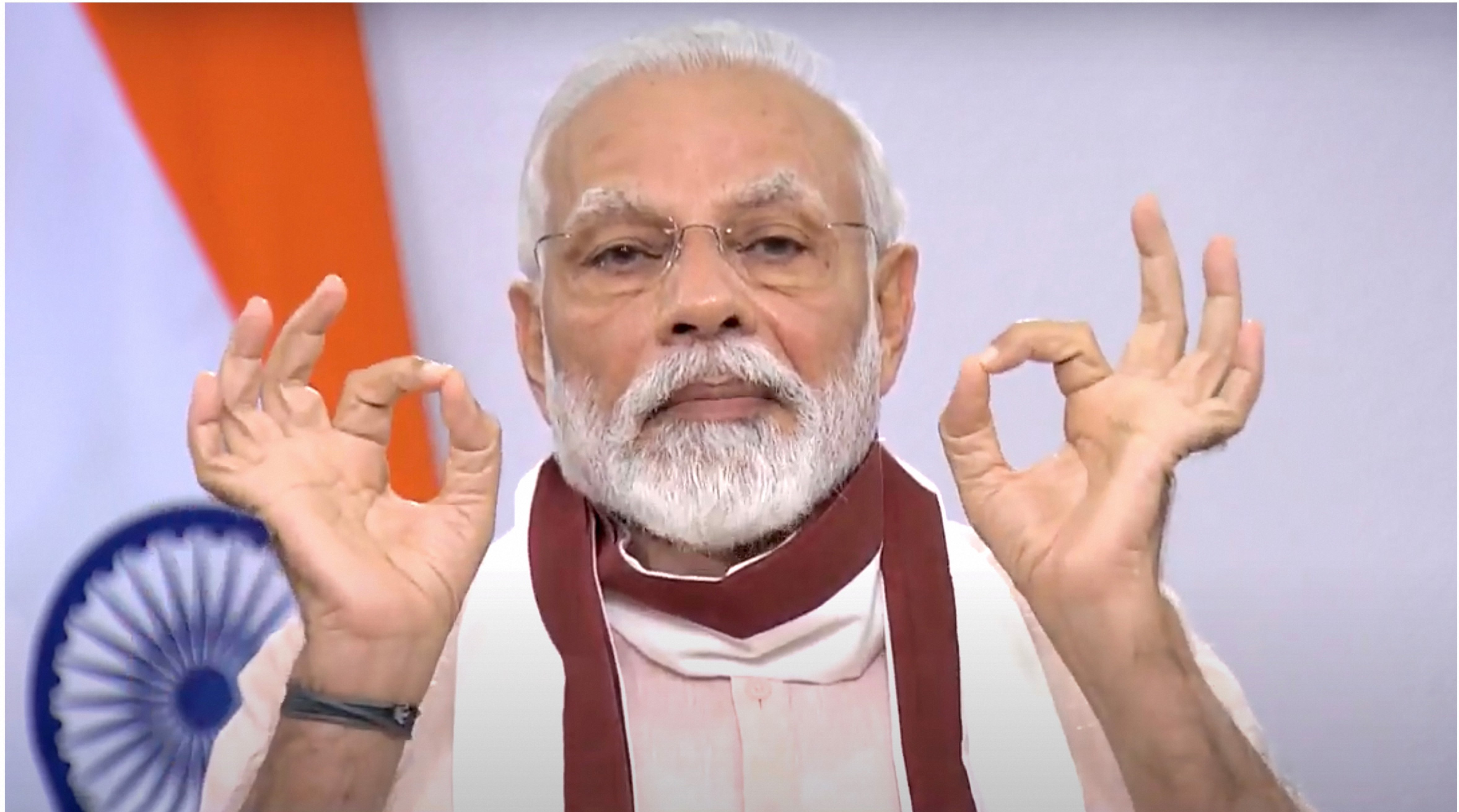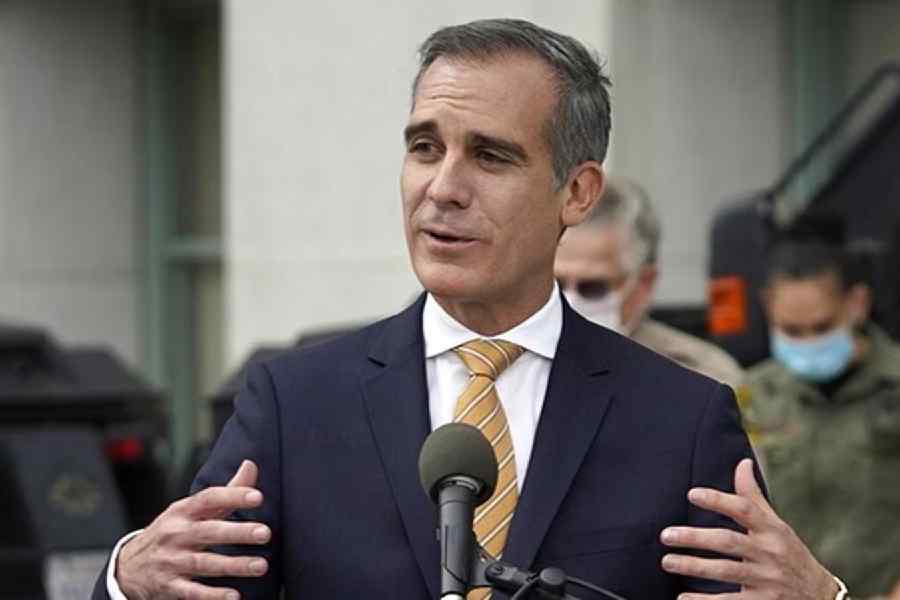The most damning condemnation of the Narendra Modi government’s faux stimulus package to combat the withering effects of the coronavirus pandemic on the Indian economy has come from Goldman Sachs, which claims that it has thrown far less money at the problem than the Manmohan Singh-led United Progressive Alliance government did during the 2009 global financial crisis. The government and analysts will quibble over the figures but the consensus is building around a stimulus size of 10 per cent of the country’s gross domestic product. The number-crunching exercise is, however, muddied by the debate over how much of this is attributable to government spending: the range varies between a little over 1 per cent of GDP and Goldman Sachs’s far more charitable estimate of 3.84 per cent. The Centre has put the size of the stimulus at Rs 20.97 trillion. But it acknowledges that the contribution from the Reserve Bank of India’s liquidity-enhancing measures is Rs 8.01 trillion, roughly 38 per cent of the package. The efforts of the finance minister have been widely criticized because the government has chosen not to put money in the hands of the poor through direct cash transfers.
There are two other contentious elements in the package: the onerous conditions tied to the increase in states’ borrowings from 3 per cent of their gross state domestic product and a reforms process that cedes terrain to the private sector while attempting to circumscribe the role of the public sector through aggressive stake sales and mergers. The government has not spelt out the specifics on the privatization of the public sector enterprises. But the move rekindles memories of the disinvestment exercise in 2003 which was mired in controversy over lowball valuations. The Public Enterprises Survey for 2018-19 turns up a myth-busting fact: 178 of the country’s 274 public sector enterprises raked in net profits that year, close to two-thirds of the pack.
The Centre will need to extract full value for its stake or stand accused of favouritism. Since it chooses to work behind opaque curtains, it may be hard to glean that information quickly enough and raise a stink. The State-owned firms have attractive land assets and a fistful of privileged rights that the bidders will certainly eye. It will be a shame if they grab these assets for a song. The strings attached to the increase in states’ borrowings by a collective Rs 4.28 trillion are equally irksome. Most galling is the Centre’s right to pry into the finances of municipal corporations. This looks like a fishing expedition. If it is transparency that it really wants, it should start by shining a torch on its own numbers.










